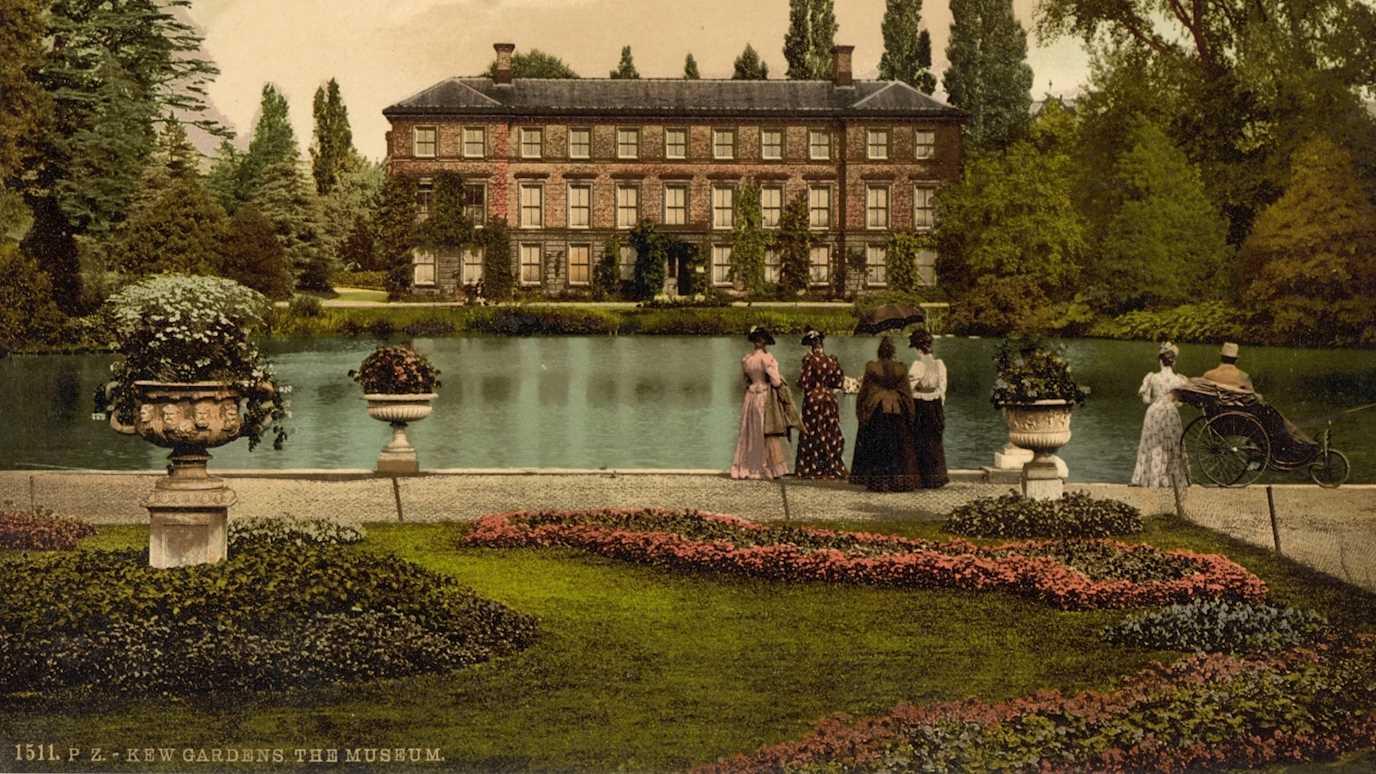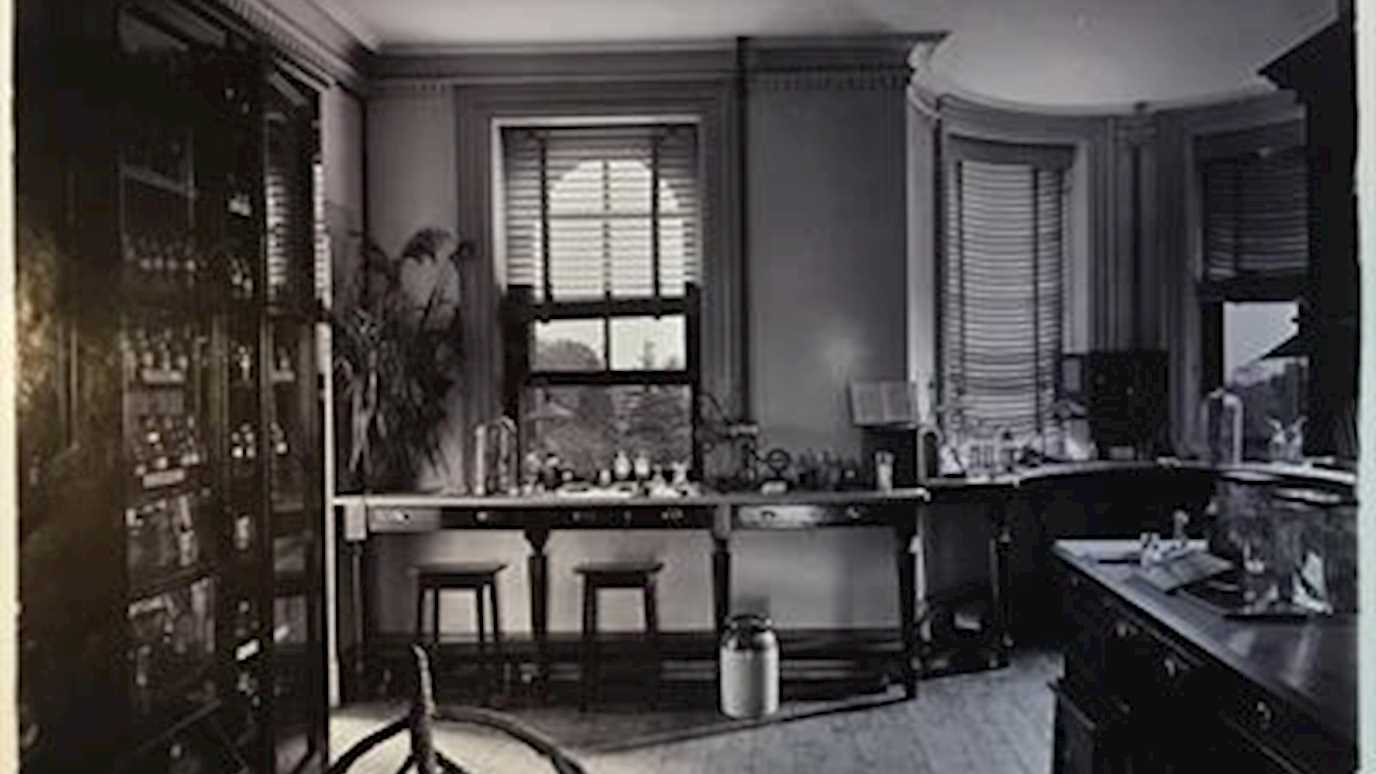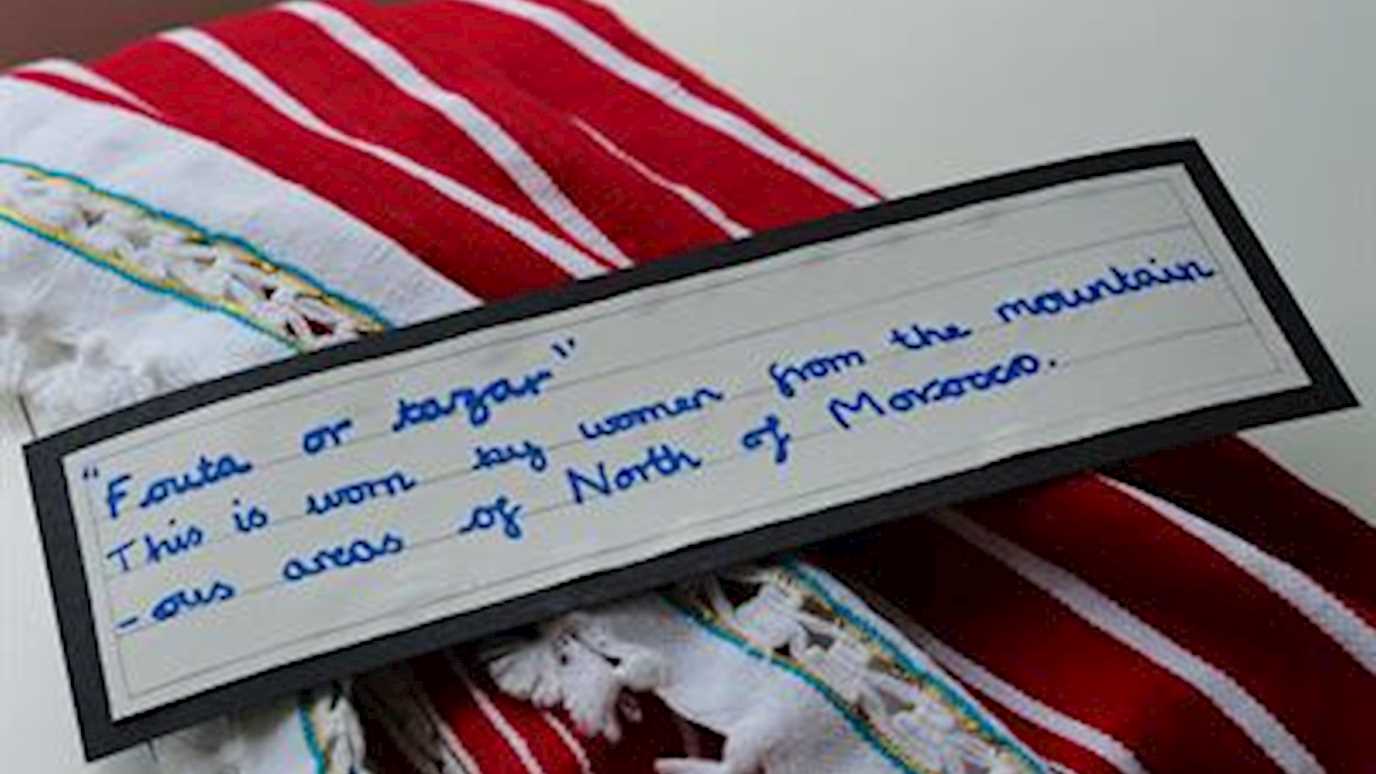Posted on 14/09/2018
On 11 May 2018, the project team convened a workshop at Kew on the history and uses of economic botany collections held in British museums and botanic gardens. It was a lively and inspiring event, bringing together curators, collections managers, academic researchers from across the UK and with knowledge of related collections in many parts of the world. Apart from introducing the group to the wonders of the Kew Economic Botany Collection and work in progress within the Mobile Museum project, the workshop served to highlight the significance and diversity of biocultural collections held within UK museums, and their potential uses.
The workshop part of the day was organised into three main parts. In the first, researchers at Kew, Royal Holloway and Birkbeck introduced current research projects linked to various aspects of Kew’s Economic Botany collection. Mark Nesbitt and Felix Driver introduced the Mobile Museum project, emphasising its focus on the history of dispersals of artefacts and specimens within the UK, notably to ethnographic collections at the British Museum, Pitt Rivers Museum, Glasgow, Warrington and other museums. Luciana Martins and Mark Nesbitt spoke about a major international project linked to Richard Spruce’s remarkable collection of artefacts in Amazonia and their re-mobilisation in collaboration with Amerindian communities in the region today.
In the second part, speakers from three UK museums spoke about their economic botany collections and their uses in research, education and public engagement. Rachael Webster, botany curator at Manchester Museum, outlined the history of the museum’s botanical collections and its relations with Kew. She also raised questions about the contemporary display of natural history materials and their place in recent and current redevelopment projects. Craig Sherwood from Warrington Museum and Art Gallery also spoke about the origins of the museum, and the importance of its natural history collections, as reflected in its beautiful botany gallery. Kew provided both botanical and ethnographic artefacts to the Warrington Museum, though today they are found in different parts of its collections. His account of a recent art intervention in the museum led to a lively discussion. Finally, Patricia Allan and Andy Mills from Kelvingrove Art Gallery & Museum spoke about the history of Kew’s donations to the Museum, much of which does not survive (they spoke of them as ‘ghost collections’). The most important surviving economic botany collection at Kelvingrove is that of Pacific barkcloth, or Tapa, and the second half of the paper focussed on an AHRC-funded research project based at the University of Glasgow which is tracing the journeys of these specimens as they circulated between different collectors and institutions.
In the third part of the day, the discussion turned to collections-based research, present and future. Caroline Cornish and Traude Gavin spoke about a collection of Iban textiles from Borneo donated to Kew by ‘Rajah’ Brooke, most of which were subsequently dispersed to the British Museum, the Pitt Rivers and the Ashmolean Museum. The day concluded with a discussion of potential and prospects for further collaboration especially in relation to the circulation of objects between museums, with contributions from curators round the table as well as from invited guests including Clive Gamble, Anne Secord, Tim Boon and Arthur MacGregor.
Overall, the workshop served to highlight the extent of interest in biocultural collections within the UK museums professional community. The display and interpretation of botanical resources and artefacts derived from plant materials has been low on the priority of UK museums for many decades, for a variety of practical, professional, political and conceptual reasons. Today, the growing interest in such collections, notably in the context of far-reaching concerns over cultural heritage and biodiversity, means that economic botany, once again, is on the agenda of museum curators as well as researchers.
Museums and collections represented at the Workshop included Bristol Museum & Art Gallery, Cambridge Museum of Archaeology & Anthropology, Cambridge University Herbarium, Glasgow Museums, Horniman Museum, Kew, Manchester Museum, National Museum Wales, National Museums Liverpool, Natural History Museum, Pitt Rivers Museum, Royal Albert Memorial Museum Exeter, Science Museum, UCL and Warrington Museum & Art Gallery.
A programme and list of attendees is available here.
























